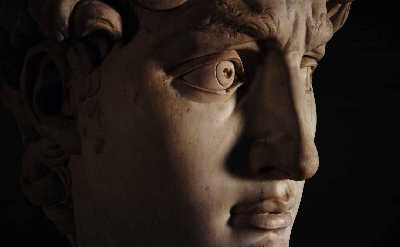Welcome to Tuscany
Top Experiences in Tuscany
Tuscany (Toscana in Italian) is one of the most popular regions of Italy appreciated for its lush nature, rich history, and mouth-watering wine. It occupies the central-west part of the country and prides itself on a capital interwoven with Renaissance influences, Florence. Its name, Tuscany, derives from an Etruscan Tuscia tribe which settled in the area around 1000 BC. The Tuscan landscape is a mix of rolling hills, formidable mountains, sandy beaches, and rocky cliffs. Tuscan-Emilian Apennines and the Apuan Alps border the region to the north and northeast while Ligurian Sea Tyrrhenian Seas stretch along its western coastline. Unsurprisingly, rolling hills make up almost two-thirds of the region and the mountains make up further 25%;
The lowest and flattest areas of the region center around the banks of Arno River.
Tuscan provinces include Massa-Carrara, Prato, Lucca, Pistoia, Firenze, Arezzo, Livorno, Pisa, Siena, and Grosseto. All those places, be it big cities or tiny forgotten villages, hide ancient reminders of the Etruscan, Roman, Medieval, and Renaissance heritage in form of excavations, landmarks, as well as art. Hence, people from around the world visit Tuscany to admire some of the most imposing works of art ever created.
Besides the many places to see in Tuscany and flourishing tourism, the area is one of the most thriving agricultural regions of Italy. It specializes in the production of cereals (wheat especially), olives and olive oil, balsamic vinegar, cheese, and, above all, wines. Chianti, Brunello di Montalcino, Vino Nobile di Montepulciano, and Morellino di Scansano are the best wines Tuscany can offer. Furthermore, its mineral natural resources include iron, zinc, copper as well as Carrara marble - one of the most famous and expensive marbles in the world.
Whichever corner of the region you visit, you will encounter an array of landmarks, natural allures, and activities to explore. For instance, you can admire the untouched nature of the Apuan Alps, marvel at the picturesque cliffs of Cinque Terre, explore Renaissance influences in Florence, Siena, and Pisa, or savor a Chianti wine tasting. Tuscany destinations don’t disappoint! Scroll below to discover more exciting things to do in Tuscany points of interest!


